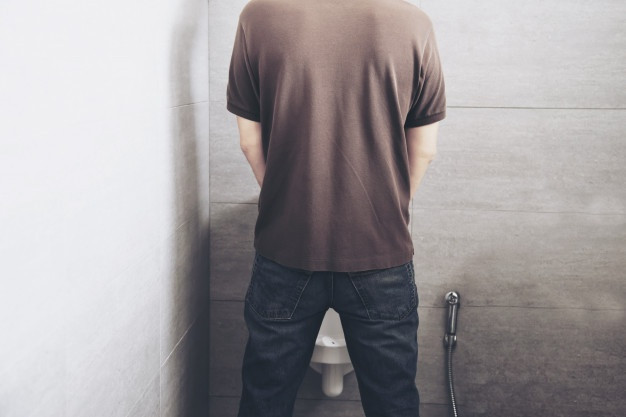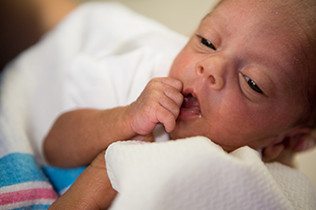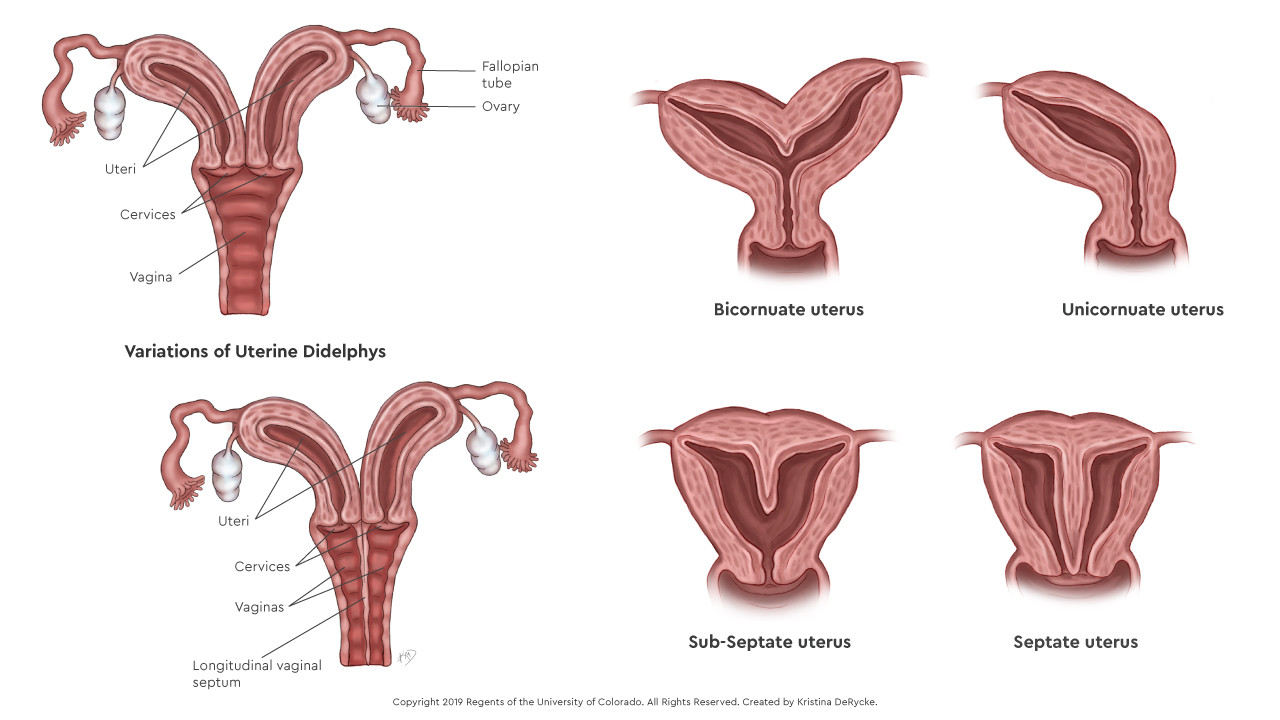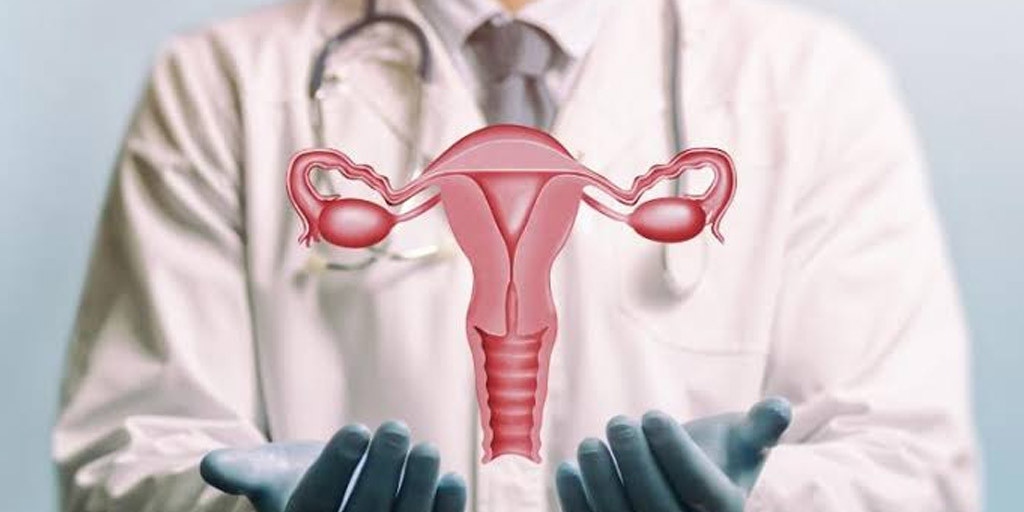Definisi
Epispadia adalah penyakit bawaan sejak lahir pada uretra (saluran tempat keluarnya urine dari kantung kemih). Terjadi gangguan perkembangan uretra selama janin berada di kandungan. Uretra yang ada pada anak tidak berkembang menjadi saluran yang utuh, sehingga urine keluar melalui lokasi yang abnormal di tubuh. Kondisi ini bisa menyebabkan saluran uretra tidak terbentuk atau bekerja dengan baik.
Pada laki-laki yang mengalami epispadia, ujung uretra atau lubang saluran urine yang normalnya berada di ujung penis berada di:
- Atas atau sepanjang batang penis
- Atas kepala penis
- Dekat tulang pubis
Penis juga biasanya memiliki kelengkungan dengan derajat tertentu atau pendek, sehingga anak sulit buang air kecil secara normal. Di sisi lain, pada perempuan yang mengalami epispadia, ujung uretra biasanya berada di antara klitoris dan labia (bibir kemaluan) kelamin, namun bisa juga berada di area perut.
Epispadia termasuk kelainan bawaan yang jarang terjadi. Penyakit ini lebih sering terjadi pada laki-laki dibandingkan dengan perempuan. Angka kejadian epispadia saja tanpa disertai dengan kelainan lain cukup langka, kurang dari 1 per 100.000 kelahiran. Pada perempuan, angka kejadian epispadia lebih jarang lagi terjadi, sekitar 1 dari 160.000 - 480.000 kelahiran.
Penyebab
Tidak diketahui secara pasti penyebab dari epispadia. Hal ini mungkin terjadi karena tulang pubis tidak berkembang dengan baik. Diduga epispadia terjadi karena adanya gangguan selama proses perkembangan alat kelamin dalam kehamilan. Namun, masih belum diketahui mengapa kondisi ini bisa berkembang selama kehamilan.
Epispadia dapat terjadi bersamaan dengan kelainan bawaan lain yang juga jarang muncul, karena bila ada satu kelainan pada organ, biasanya bisa terjadi juga kelainan lain. Epispadia bisa muncul bersama ekstropi kantung kemih. Pada kelainan ini, kantung kemih tumbuh atau berkembang di luar janin dan bukannya di dalam perut. Hampir semua anak yang lahir dengan ekstropi kantung kemih juga memiliki epispadia.
Namun pada kebanyakan kasus, biasanya tidak ditemukan masalah yang bermakna pada ibu selama kehamilan dengan anak yang lahir dengan epispadia.
Faktor Risiko
Tidak diketahui secara pasti mengenai faktor risiko yang meningkatkan kejadian epispadia pada seseorang. Faktor risiko terjadinya epispadia mirip dengan faktor risiko ekstropi kantung kemih, contohnya jenis kelamin laki-laki. Anak laki-laki memiliki kecenderungan 4 kali lipat lebih tinggi memiliki epispadia dibandingkan dengan anak perempuan.
Gejala
Pada kebanyakan kasus, epispadia dapat diketahui oleh tenaga kesehatan yang memeriksa bayi saat lahir karena tampilan lubang keluarnya urine yang abnormal pada kelamin. Pada kasus epispadia yang ringan, ujung lubang keluarnya urine terletak sedikit di luar posisi normalnya. Sehingga, kondisi ini bisa baru disadari oleh orang tua ketika melihat anak berlatih buang air kecil sendiri, atau ketika anak mengeluhkan masalah terkait buang air kecil (inkontinensia urine). Bahkan terkadang epispadia baru ditemukan saat anak mau disunat.
Anak laki-laki dengan epispadia akan mempunyai penis yang pendek, lebar, dan dengan kelengkungan penis yang tidak normal. Pada kebanyakan kasus, ujung lubang keluarnya urine berada di atas atau di samping penis, bukan berada di ujung penis. Lubang uretra juga bisa terbuka di sepanjang sisi batang penis.
Anak perempuan yang memiliki epispadia akan mempunyai klitoris dan labia (bibir kemaluan) yang abnormal. Ujung uretra bisa berada di antara klitoris dan bibir kemaluannya, namun dapat juga berada di area perut. Perempuan yang memiliki kondisi ini dapat memiliki masalah dalam pengendalian urinasi (inkontinensia urine).
Beberapa anak akan mengalami inkontinensia urine tipe stres, dimana urine dapat menetes setelah bersin atau batuk, atau dapat muncul inkontinensia urine tipe urgensi dimana mereka tidak dapat menahan buang air kecil hingga sampai di kamar mandi (mengompol sebelum sampai di kamar mandi).
Diagnosis
Dokter biasanya akan mengklasifikasikan epispadia pada anak laki-laki berdasarkan lokasi bukaan uretra di penis. Posisi lubang keluarnya urine penting untuk memprediksi derajat kantung kemih dalam menyimpan urine. Semakin dekat letak uretra dengan dasar penis, maka semakin mungkin anak sering mengompol, karena kantung kemih tidak bisa menahan urine.
Diagnosis epispadia biasanya ditegakkan melalui pemeriksaan fisik yang dilakukan dokter. Dokter juga bisa bertanya terkait keluhan atau gejala yang orang tua lihat pada anaknya, seperti bila bentuk kelamin yang aneh atau tidak normal, atau adanya gangguan saat buang air kecil.
Umumnya, dokter tidak memerlukan pemeriksaan penunjang untuk menegakkan diagnosis epispadia. Namun, pemeriksaan rontgen dapat dilakukan untuk melihat bentuk tulang panggul anak. Bisa ditemukan diastasis simfisis pubis pada pemeriksaan rontgen area panggul, yaitu kondisi dimana struktur tulang panggul melebar secara berlebihan. Pemeriskaan penunjang lain yang bisa dilakukan untuk membantu menunjang diagnose adalah:
- Pemeriksaan darah
- USG sistem kemih dan kelamin
- MRI dan CT scan
Tata Laksana
Tujuan utama dari tata laksana epispadia adalah untuk membuat alat kelamin tampak dan bekerja seperti normal sebisa mungkin. Biasanya, bila kasus epispadia cukup berat akan membutuhkan tindakan pembedahan, untuk memperbaiki kondisi epispadias yang ada.
Inkotinensia urine merupakan kondisi yang sering ditemukan pada anak-anak dengan epispadia. Inkontinensia dapat selalu diperbaiki pada waktu yang bersamaan. Meskipun demikian, tindakan pembedahan kedua biasanya penting untuk mengatasi inkontinensia, bisa dilakukan segera setelah pembedahan pertama atau dilakukan di kemudian hari.
Ada beberapa pilihan pembedahan yang berbeda untuk anak laki-laki dan perempuan. Metode yang dilakukan nantinya bergantung pada bagaimana kondisi epispadia pada anak. Dokter akan mendiskusikan hal ini pada orang tua dalam menentukan tindakan pembedahan yang akan dilaksanakan.
Komplikasi
Beberapa pasien dengan epispadia dapat memiliki inkontinensia urine, bahkan setelah proses pembedahan. Komplikasi yang dapat muncul antara lain:
- Infeksi.
- Rasa tidak nyaman saat buang air kecil.
- Kerusakan pada ureter dan ginjal.
- Gangguan kesuburan.
- Striktura dan obstruksi uretra, terjadi penyempitan dan sumbatan uretra yang membuat urine sulit keluar, bisa menimbulkan peradangan atau infeksi.
- Ukuran penis pendek yang persisten.
- Uretra retraksi atau tertarik dan hipospadia.
Pencegahan
Hingga saat ini tidak ada pencegahan yang spesifik untuk menghindari dari kasus epispadia. Meskipun demikian, disarankan bagi ibu hamil untuk tidak merokok atau tidak konsumsi alkohol selama kehamilannya. Ibu juga harus mengonsumsi suplemen asam folat sesuai anjuran dokter selama kehamilan berlangsung.
Kapan Harus ke Dokter?
Jika Anda menemukan hal yang aneh saat anak buang air kecil, atau anak Anda mengalami perburukan gejala yang sudah ada, sebaiknya Anda memeriksakan anak Anda lebih lanjut ke dokter spesialis urologi (Sp.U) atau dokter spesialis bedah plastik (Sp.BP). Dokter akan melakukan wawancara medis, pemeriksaan fisik, hingga pemeriksaan penunjang tertentu untuk menetapkan diagnosis pasti dari penyakit yang mendasarinya dan tata laksana yang tepat dan sesuai kebutuhan.
Mau tahu informasi seputar penyakit lainnya? Cek di sini, ya!
- dr Hanifa Rahma
Medline Plus. Epispadia. October 2021. https://medlineplus.gov/ency/article/001285.htm.
Children’s hospital of Philadelphia. Epispadias. July 2022. https://www.chop.edu/conditions-diseases/epispadias#.
Urology Care Foundation. Epispadias. July 2022. https://www.urologyhealth.org/urology-a-z/e/epispadias.
Anand S, Lotfollahzadeh S. Epispadias. [Updated 2021 Dec 3]. In: StatPearls [Internet]. Treasure Island (FL): StatPearls Publishing; 2022 Jan-. Available from: https://www.ncbi.nlm.nih.gov/books/NBK563180/.












